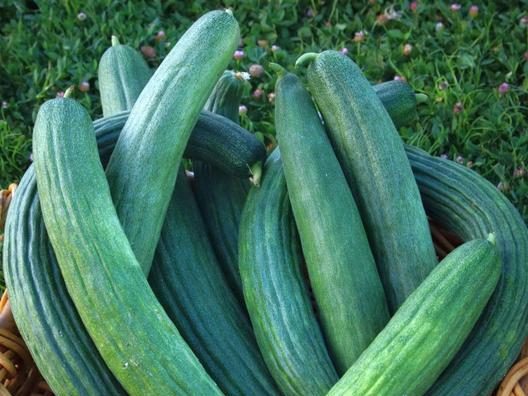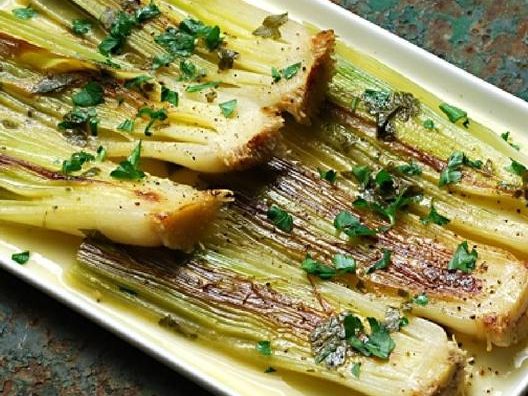About Onion
Representing several different market types of red, white, yellow, and sweet onions, and long or short day growing requirements, there is sure to be an onion variety just for you. Spring or green onions are also highly favored in the culinary world and hold their own position among onion varieties. Whether you love your onions raw, pickled, fried, sauteed, or cooked and incorporated into other dishes, growing your own onions will introduce you to a flavor and pungency that is not found in store-bought varieties. Different culinary outcomes warrant different onion types, so planting a few different types will allow you to indulge in all the wonderful uses and tastes that fresh onions have to offer.
When to Plant Onion Seeds
Growing onions from seed is a slightly different endeavor than growing from sets. Sets are more common and produce a faster harvest; however, there is significantly less variety available, and the harvest tends to be smaller, more susceptible to disease, and more difficult to store. Choose a variety of onion that is best suited to your climate. Short day onions are advised for southern climates, where they will grow through the cool fall and winter months and bulb production will be triggered when the days get longer in the summer. Long day onions are best for northern climates, where they can enjoy the longer summer days necessary for them to form bulbs. Onions grown out of their ideal climate may never produce a usable or good-sized bulb.
Onion seeds can be planted directly in the garden bed; however, some people prefer to start them indoors. This can be done in late autumn. Plan on starting them eight to ten weeks before the last frost date. This will give the seedlings a head start and will allow them to germinate into healthy seedlings before you transplant them outside.
The best time for direct sowing onion seeds outdoors is in spring, as soon as the soil can be worked in your area. While typical germination occurs within seven to ten days, soil temperature affects this process. For instance, the cooler the soil temperature, the longer it will take for onion seeds to germinate—up to two weeks. Warm soil temperatures, on the other hand, can trigger onion seed germination in as little as four days. For this reason, we recommend starting onion seeds indoors in autumn.
Where to Plant Onion Seeds
Onion growers know that great onions come from well prepared soil. Onions need a sunny patch of fertile soil with good drainage. The soil should also be worked with organic matter, such as compost. They prefer a pH of 6 to 7.5.
How to Plant Onion Seeds
For best results, onion seeds should be started indoors in flats and transplanted out of doors when seedlings are between four to six inches tall, taking care not to damage the roots. Onion seeds will germinate best in warm soil, between 68 to 75°F, with consistent moisture. When setting seedlings, actual root depth will depend on the length of root, but usually between 1.5 and 2 inches, making sure that most of the white of the stem is planted along with the root. Seedlings should be set at least one to two feet apart. Onions will thrive in moderate temperatures with consistent moisture. It is important to not let your onion plot dry out completely, as this could stunt or even completely stop growth.
How to Harvest Onions
Harvest tops for green onions as soon as they reach six inches in height. The longer you wait to harvest the green tops, the stronger they become. Bulb onion harvest time can begin when onion tops naturally fall over and brown. This is usually 100 to 120 days after planting, depending on the cultivar. Onion harvest time should be early in the morning when temperatures are not too hot. Gently wiggle and pull them out of the ground. If your plants have started to bolt, harvest and use them immediately, as they are not good for storage.



